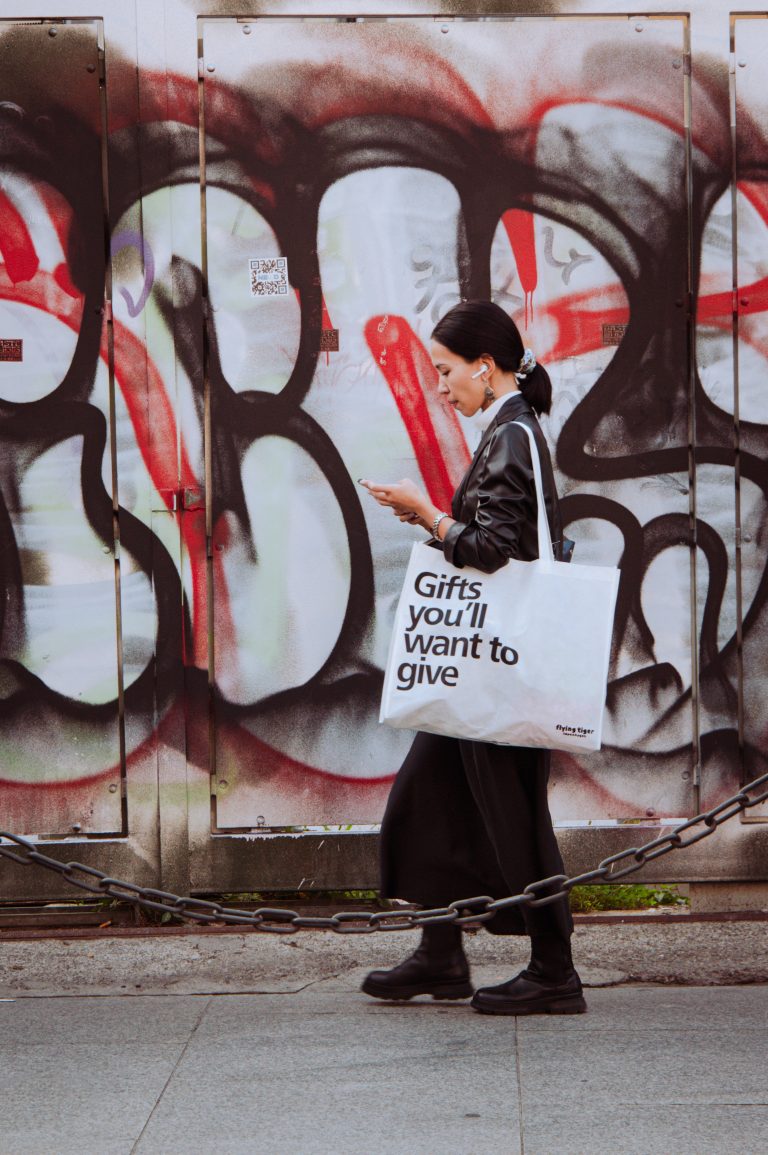
The Evolution of Street Art in Latin America
24 February, 2023Street art has a rich and complex history in Latin America, shaped by cultural, social, and political factors unique to the region. From the early graffiti and mural art of the 1960s to the highly sophisticated and complex works of today, Latin American street art has been a powerful vehicle for cultural expression, political dissent, and social activism. This article will provide a comprehensive overview of the evolution of street art in Latin America, tracing its development from its early roots to its present-day significance.
Early Roots: Graffiti and Murals
The origins of Latin American street art can be traced back to the 1960s, when graffiti and mural art emerged as a form of self-expression and political protest. In the urban centers of Mexico, Brazil, and Argentina, young artists took to the streets to make their voices heard, using public spaces as their canvas. These early works often featured political slogans, social commentary, and images of revolutionary leaders like Che Guevara.
One of the most influential figures of this early period was Mexican artist Diego Rivera, who created large-scale murals in public spaces throughout Mexico in the 1920s and 30s. Rivera’s murals often depicted scenes from Mexican history and culture, as well as social and political themes. His work helped establish the importance of public art as a means of cultural expression and social commentary.
In the 1970s and 80s, graffiti and mural art continued to flourish in Latin America, with artists using spray paint and other techniques to create bold, colorful works that covered entire walls and buildings. This period saw the emergence of new styles and techniques, including the use of stencils, wheatpaste, and other forms of street art.
Political Activism and Social Commentary
Throughout the 20th century, Latin American street artists used their work to make powerful statements about politics, social justice, and cultural identity. In the 1970s and 80s, many artists focused on themes related to the region’s political upheavals, including the rise of dictatorships, state violence, and human rights abuses.
In Argentina, for example, the Mothers of the Plaza de Mayo, a group of women whose children disappeared during the country’s military dictatorship, used public spaces as a forum for their protests. Artists worked with the Mothers to create murals and other works that honored the memory of the disappeared and called for justice and accountability.
In Chile, street artists played a key role in the resistance movement against the Pinochet regime in the 1980s. Artists like Francisco Smythe and Jorge González created murals and other works that expressed their opposition to the dictatorship and their support for human rights and democracy.
In the 1990s and early 2000s, Latin American street artists began to focus more on social and cultural issues, including poverty, inequality, and the impact of globalization on local communities. Many artists created works that celebrated the region’s rich cultural heritage, incorporating traditional motifs and symbols into their pieces.
New Techniques and Styles
In recent years, Latin American street art has become increasingly sophisticated and diverse, with artists experimenting with new techniques and styles. Many artists have embraced the use of technology, using digital tools to create complex and intricate works that combine traditional street art techniques with elements of graphic design and animation almost as colorful as those in Vave.
Other artists have focused on creating large-scale installations and sculptures that transform public spaces into immersive environments. For example, the Argentine artist Tomás Saraceno has created a series of large-scale installations that allow visitors to walk on suspended platforms and interact with the environment in new and unexpected ways.
One of the most significant developments in recent years has been the growing recognition of street art as a legitimate art form. Many Latin American street artists have gained international recognition and have been featured in major exhibitions and festivals around the world.
International Recognition and Influence
As Latin American street art has gained in popularity and recognition, it has also had a significant influence on the global street art scene. Many Latin American artists have been invited to participate in exhibitions and festivals in other parts of the world, sharing their unique perspectives and techniques with new audiences.
In recent years, street art has also become a major tourist attraction in many Latin American cities, with visitors flocking to see the works of famous artists like Os Gemeos in São Paulo or Inti in Valparaíso, Chile. In some cities, street art tours have become a popular way for visitors to explore local neighborhoods and learn more about the cultural and social significance of street art.
Follow Sounds and Colours: Facebook / Twitter / Instagram / Mixcloud / Soundcloud / Bandcamp
Subscribe to the Sounds and Colours Newsletter for regular updates, news and competitions bringing the best of Latin American culture direct to your Inbox.

